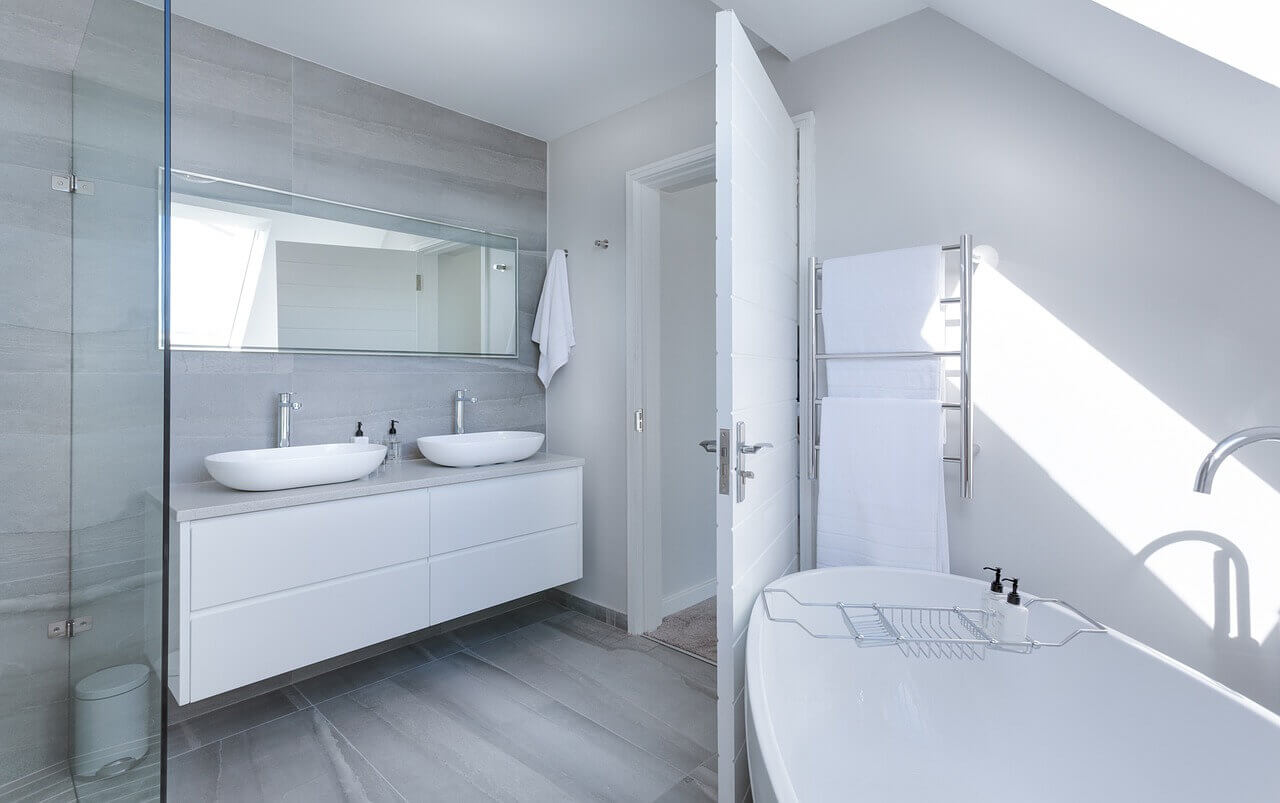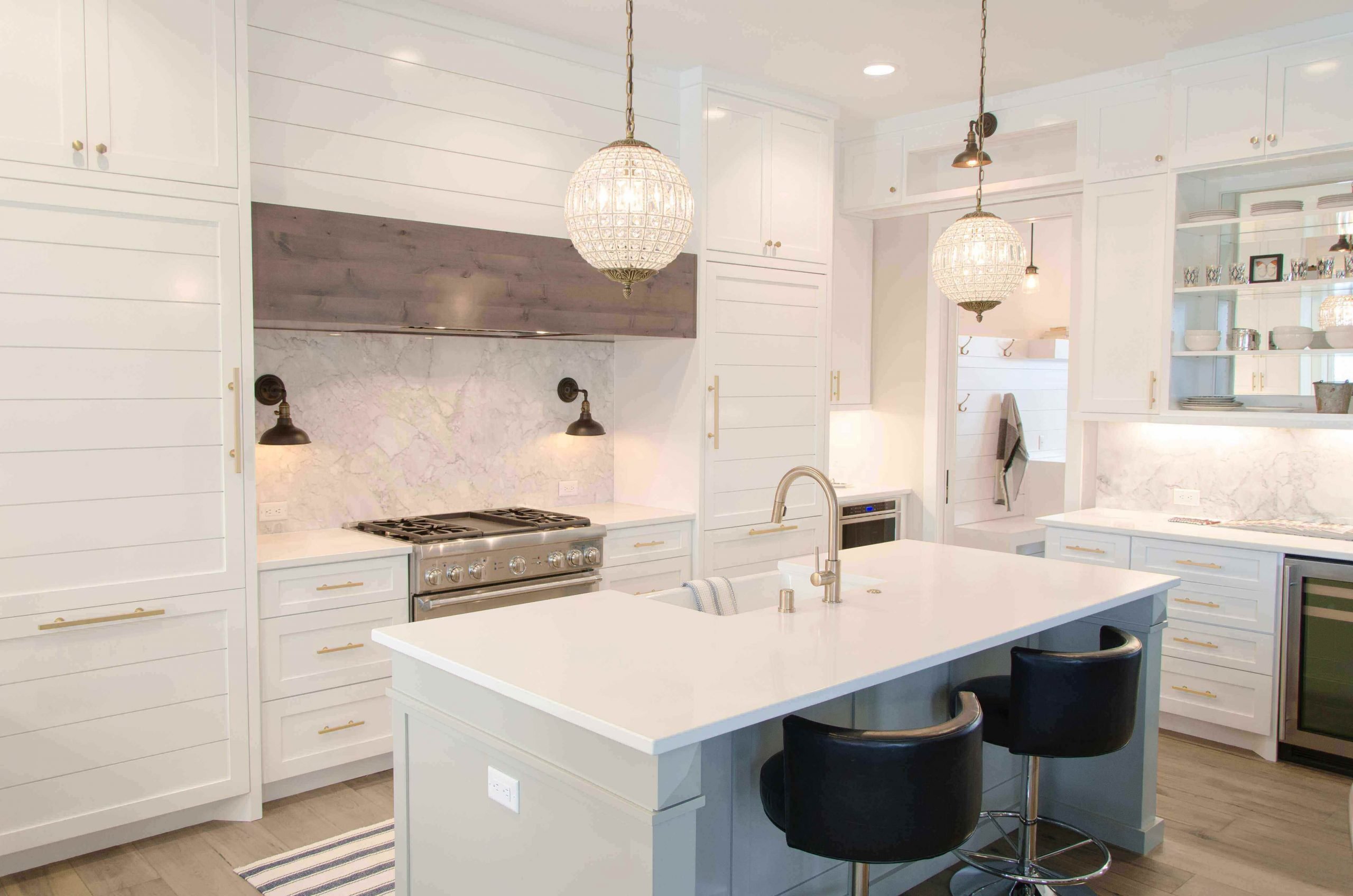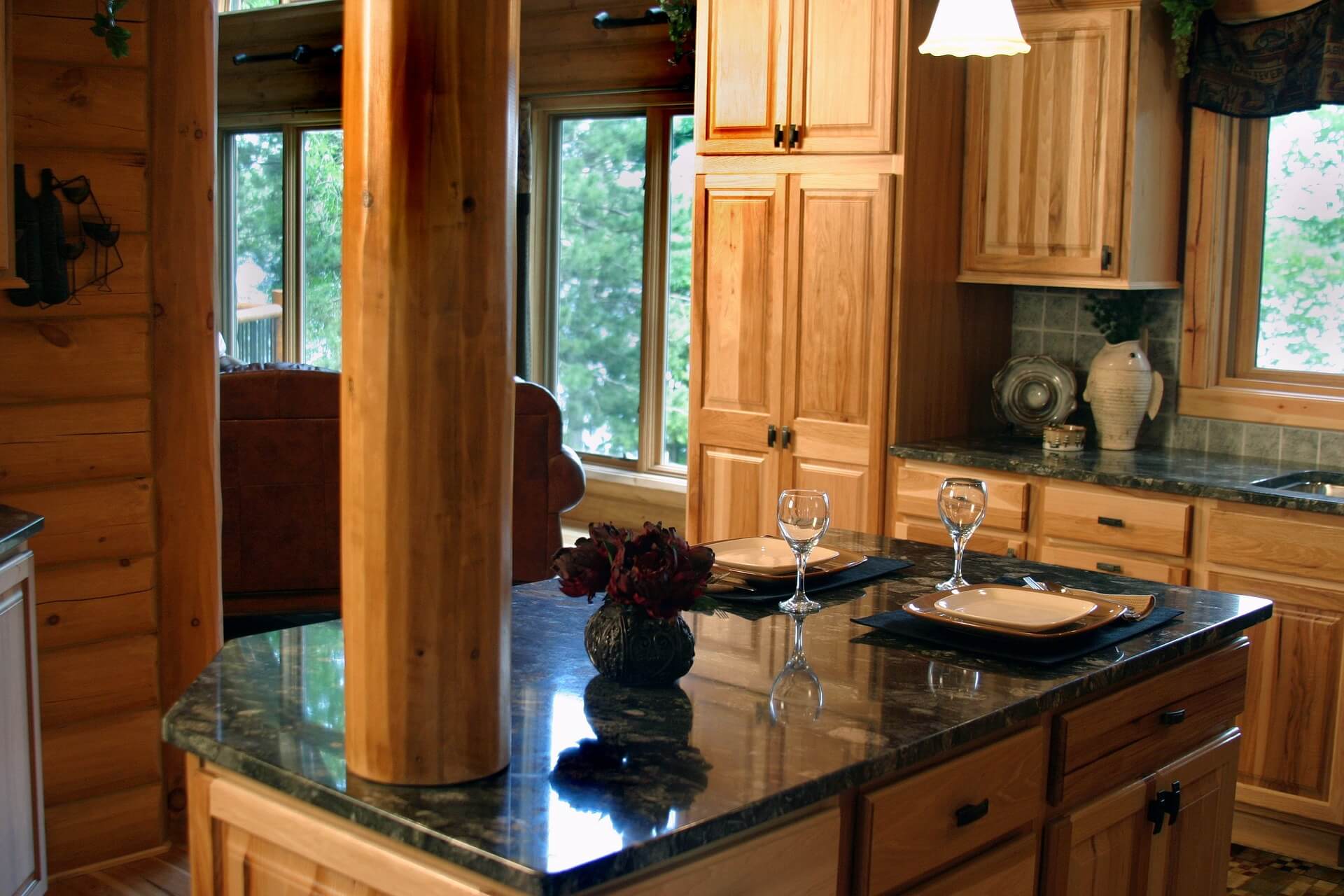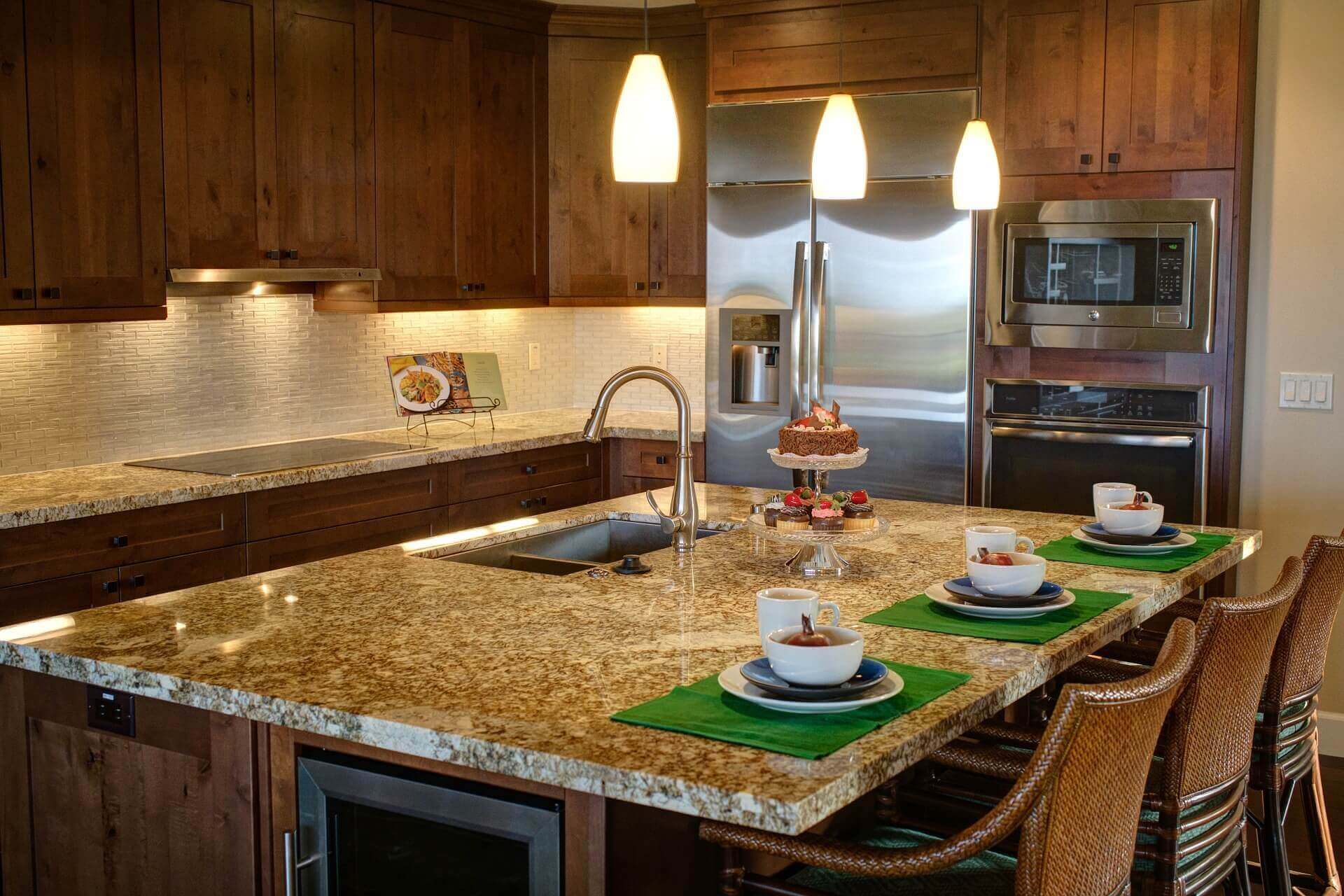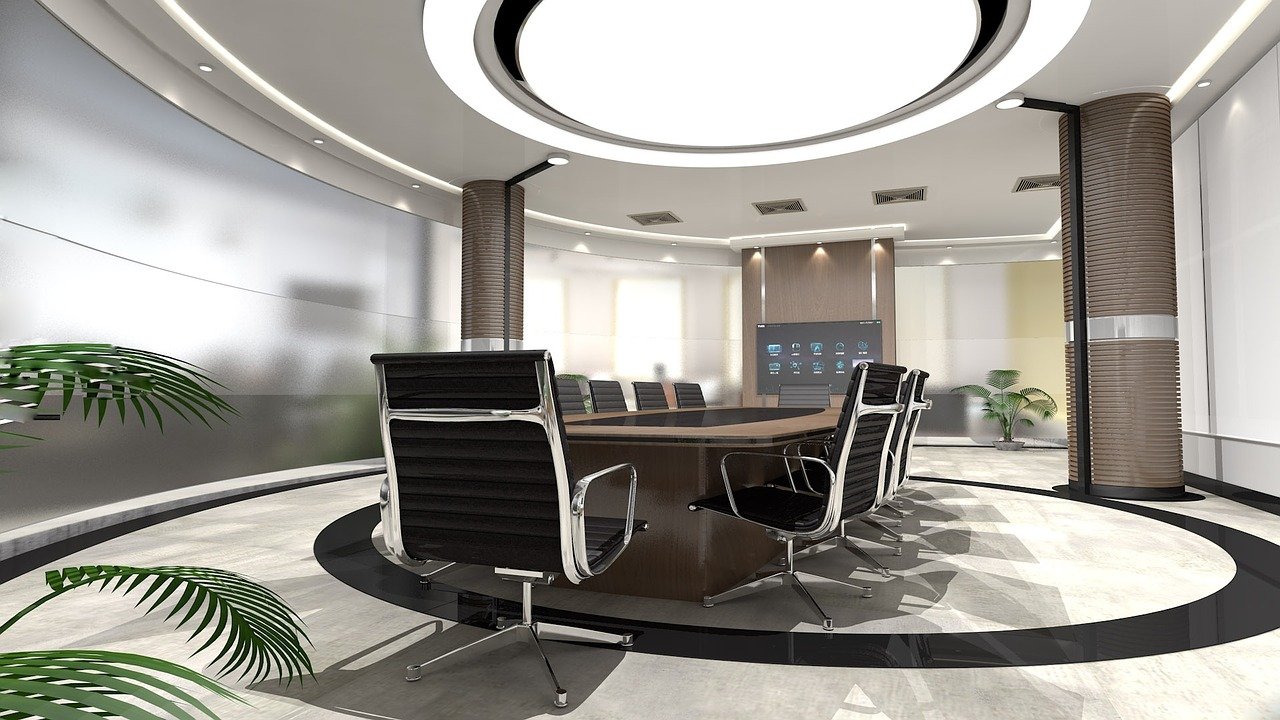Not only has the price of products like lumber, steel, and building materials gone up but home builders are also waiting longer to receive orders due to lingering supply chain issues. Since this has led to bottlenecks during a busy home renovation season, some savvy architects and designers have found creative workarounds to manage this situation, controlling rising cost while keeping building projects on track.
Part of the problem is that contractors can only order materials like windows and doors, countertops and cabinetry after a contract is inked. Not only do they need the security that the deal will go through but they also need specific sizes and dimensions. So preorders on jobs are simply not feasible, even today as they face empty shelves, stalled shipments, and months of delays. As for the homeowner, as delays stall progress, loan payments for new construction projects can become due even before a house is finalized let alone in move-in condition. So, what was once a meticulous planning process has grown predictably unpredictable.
But it’s not just lack of product availability that’s plaguing an industry. It’s also soaring demand for new housing, interest rate hikes, pandemic-related factory closings, and rising inflation. In fact, according to the Producer Price Index (PPI) this past August from the Bureau of Labor Statistics, the cost of building materials has gone up significantly, or 19.4 percent, from the previous year. And even with recent adjustments, it still sits much higher than it had been pre-pandemic.
In fact, according to the National Association of Home Builders, the aggregate cost of U.S. home construction has risen 21 percent year over year due in part to delivery delays and the rising cost of even basic materials like lumber. Overall, this has tacked on an estimated $18,600 to the price of a new single-family home just since the fall of 2021.
So how is the industry coping with no end in sight? Well, some architects and designers are using alternative and innovative methods for home building. Take for instance home construction firms in the southwest, which depend on local, sustainable materials like volcanic rock, adobe brick, and rammed earth versus the hassle of waiting on shipments from overseas suppliers in countries like Germany or China. Similarly, other builders are employing concrete composed of local rock and cement or using volcanic rock as a distinct finish for surfaces. Many have also taken to reusing existing materials from a demolished home, such as left-over framing, to better manage overall cost and turnaround on both new builds and renovations.
Not only can local materials provide a unique, high-end sophistication but they also tend to provide improved fire resistance. Thick walls built of natural materials further improve indoor temperatures—making them more attractive to eco-conscious home buyers. Add that to the fact that local materials support local labor and contribute to the local economy.
Some experts are predicting supply chain issues for materials like steel, lumber, and home appliances could last well into 2023. So home buyers and renovators are wise to keep an open mind. Innovative techniques and materials can provide a temporary or long-term solution while simultaneously providing a distinctive, regional look.






